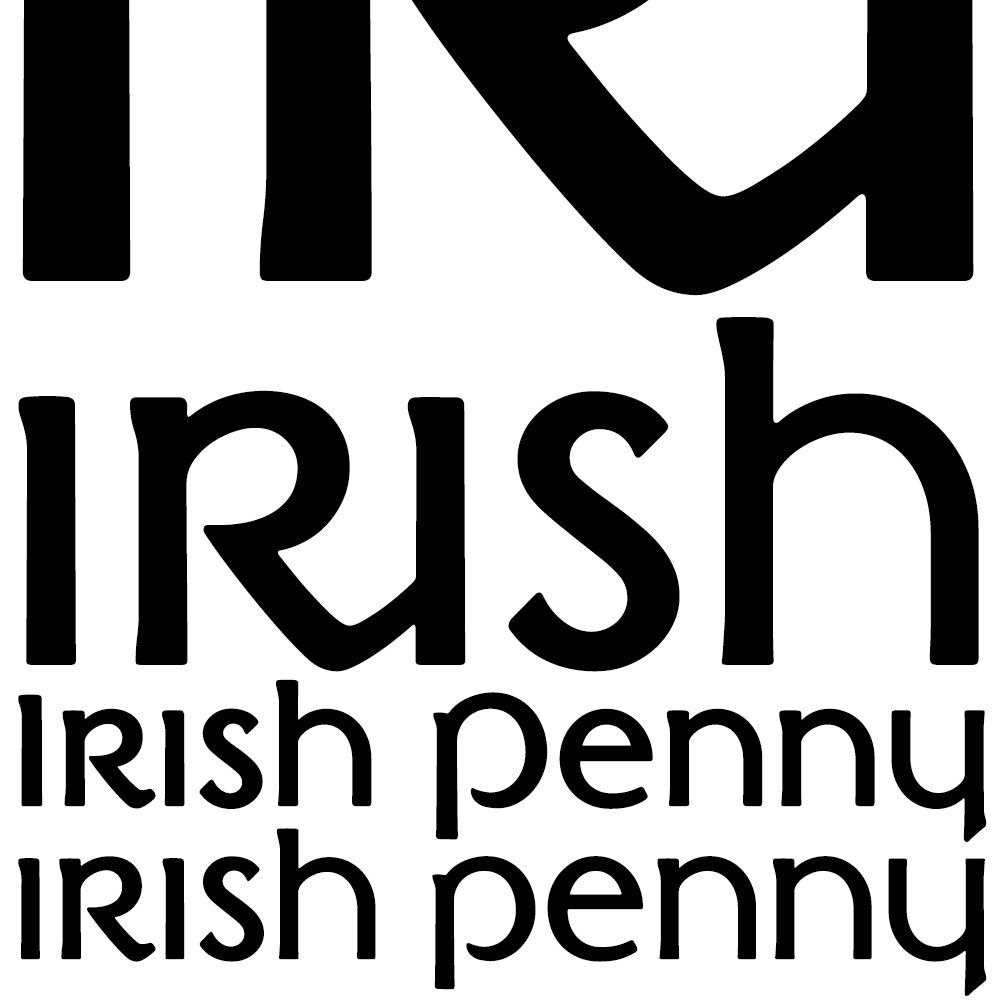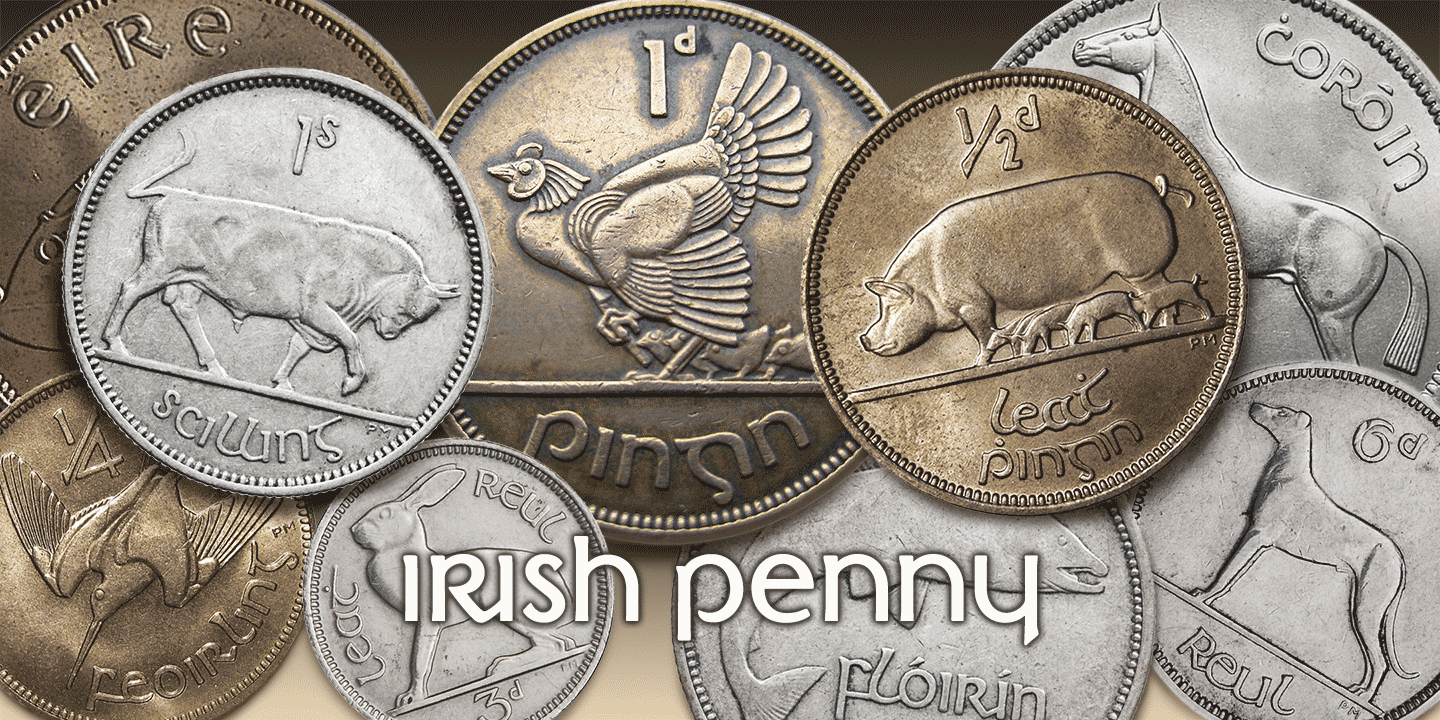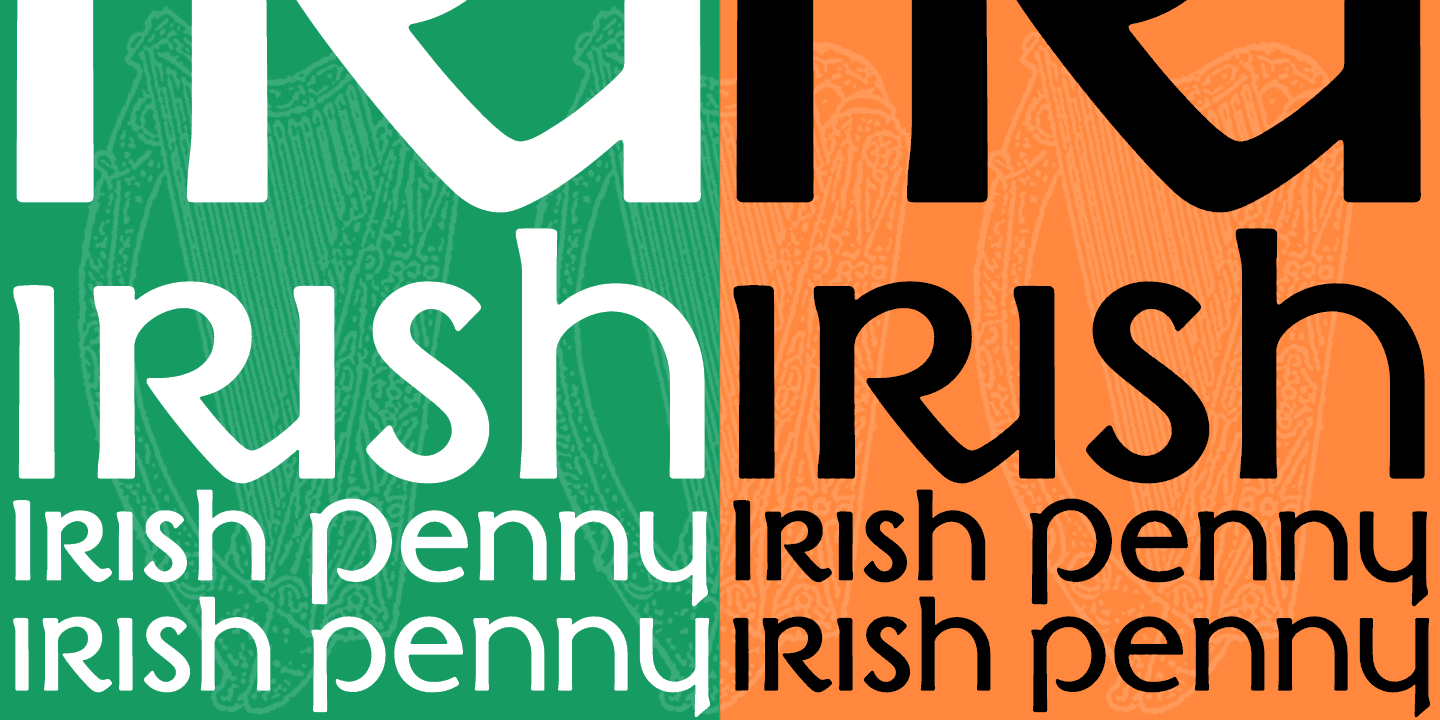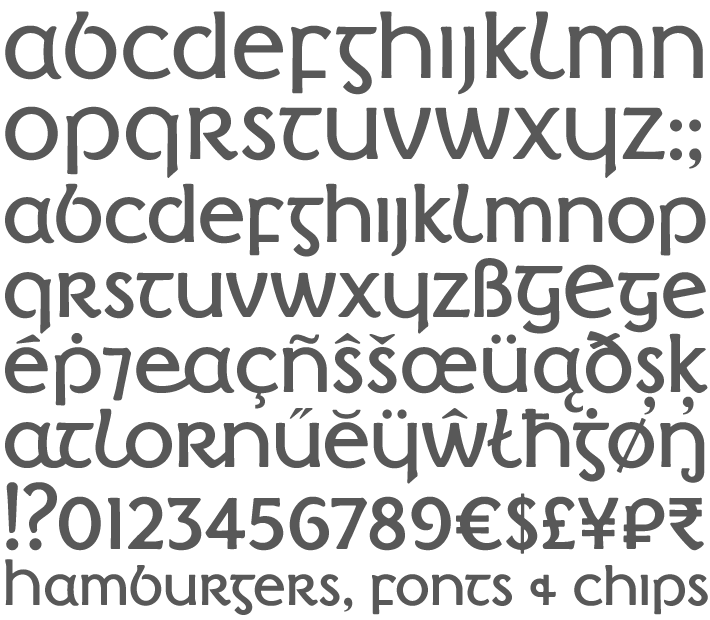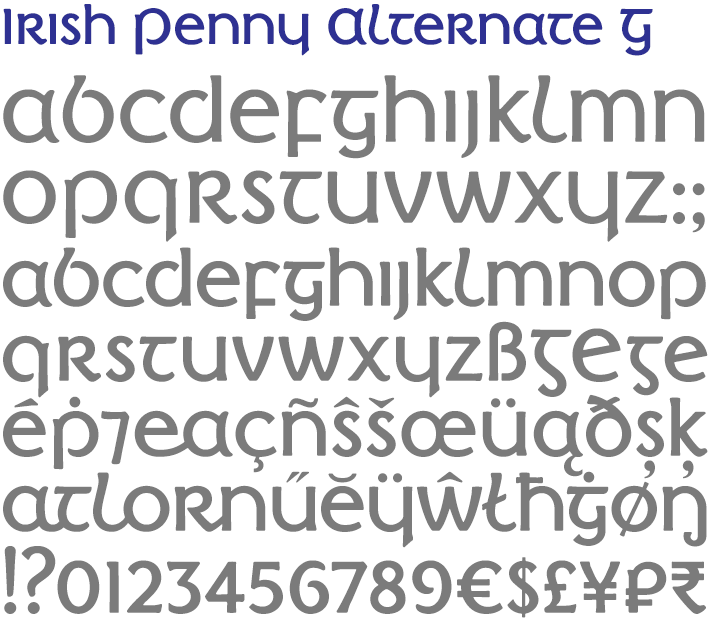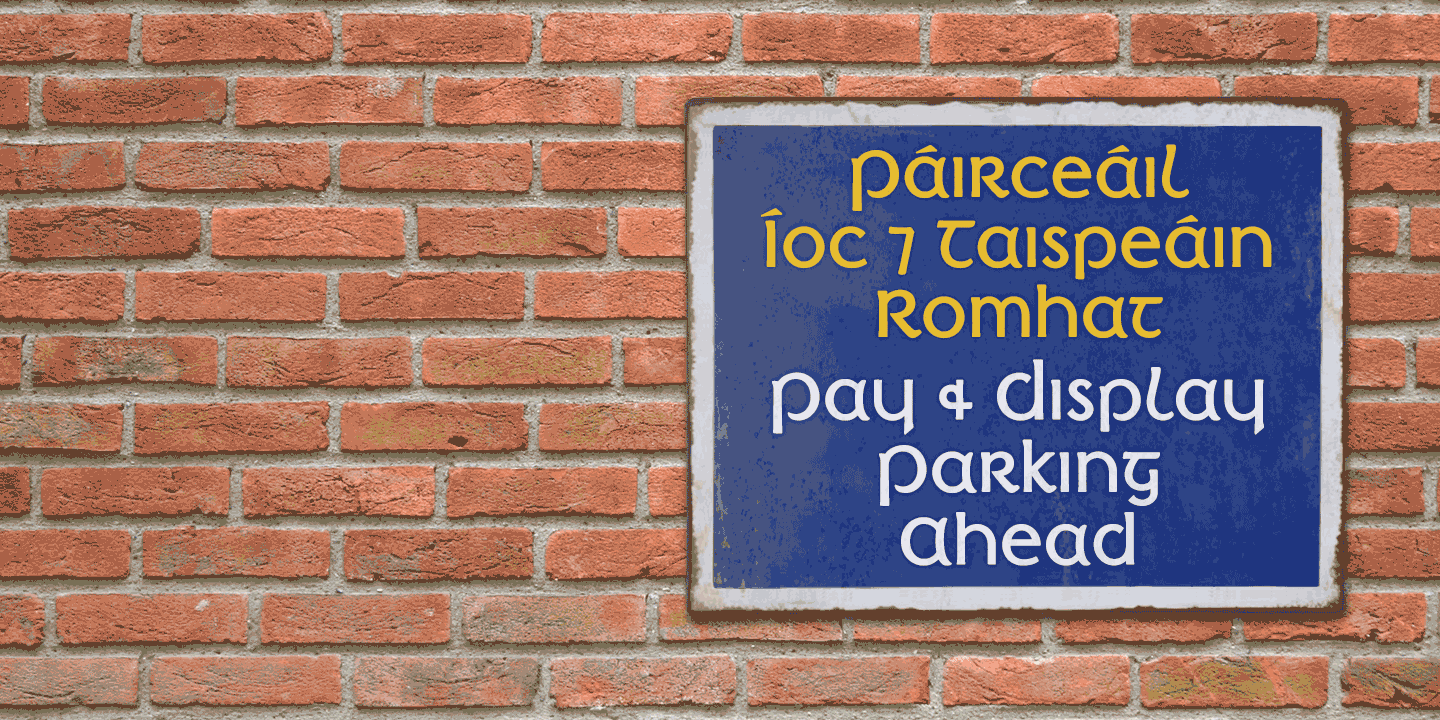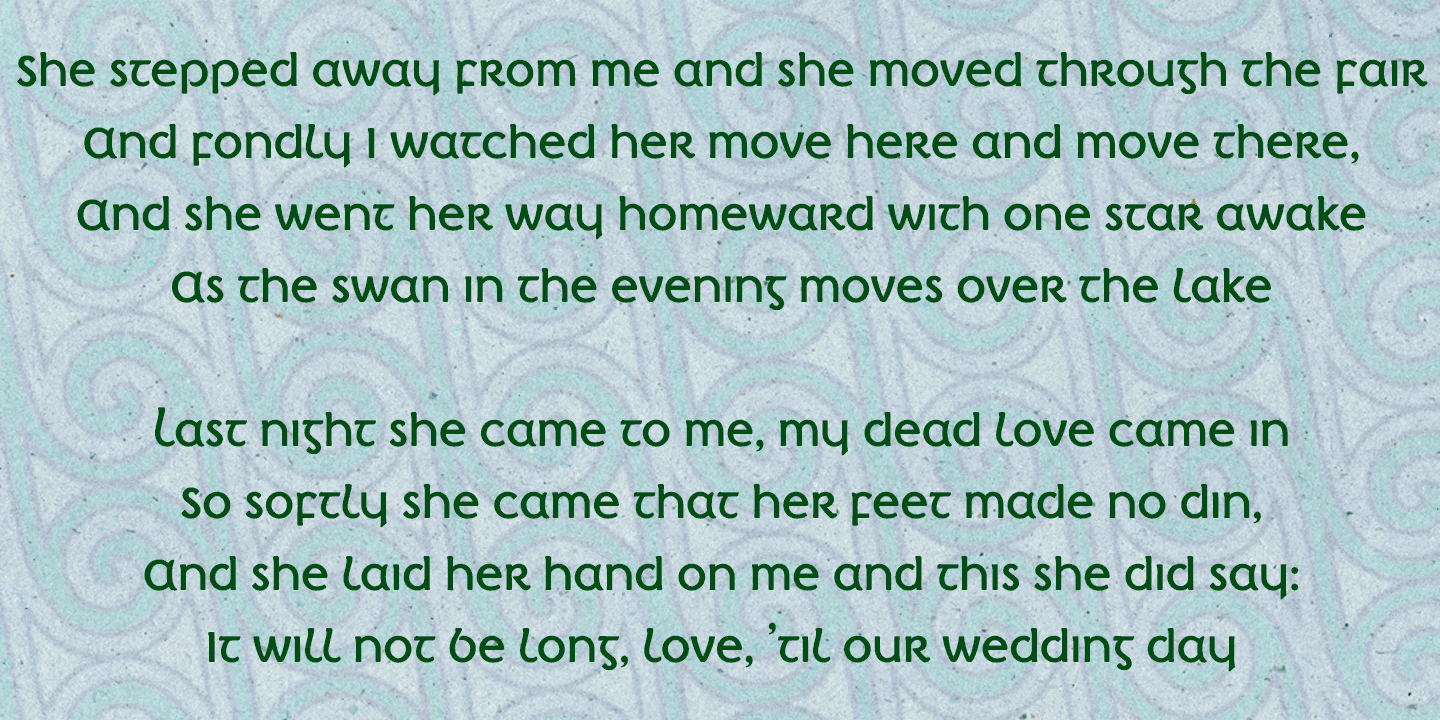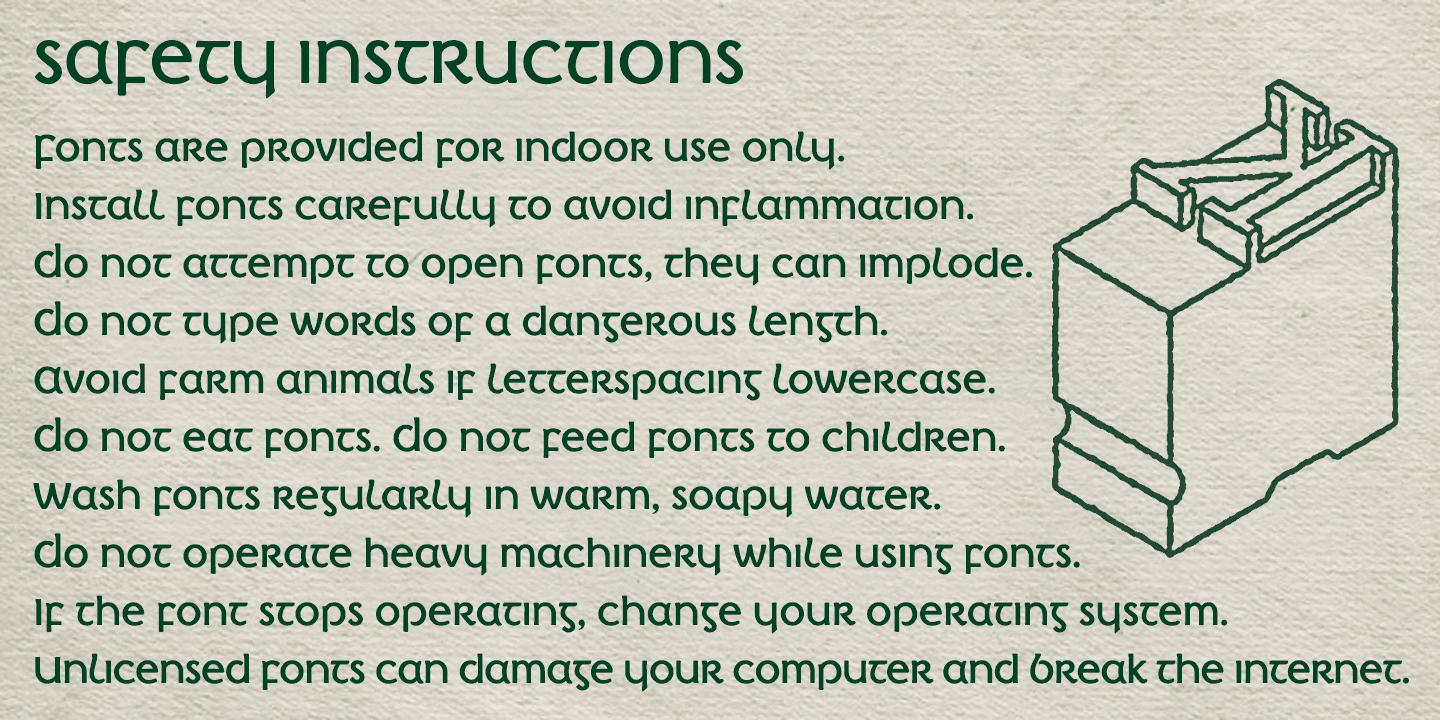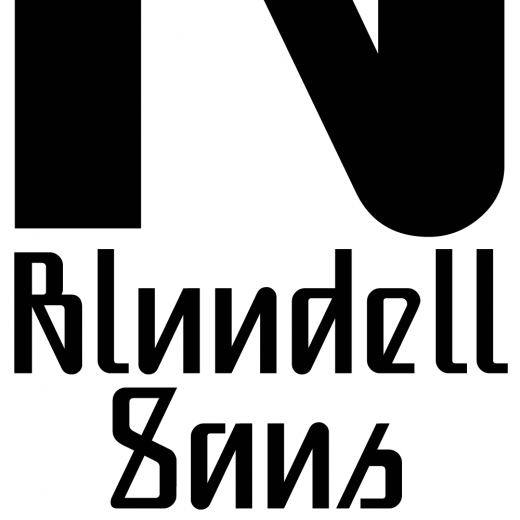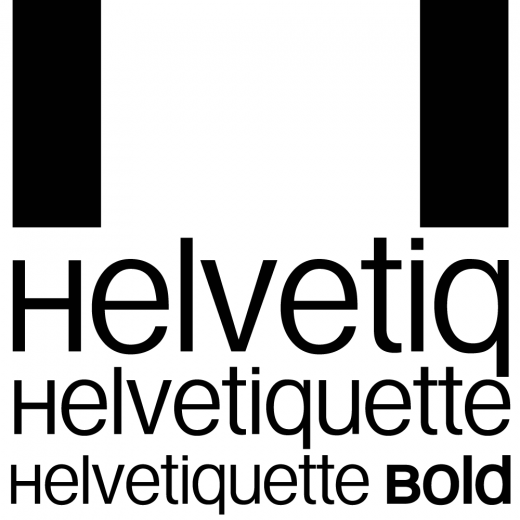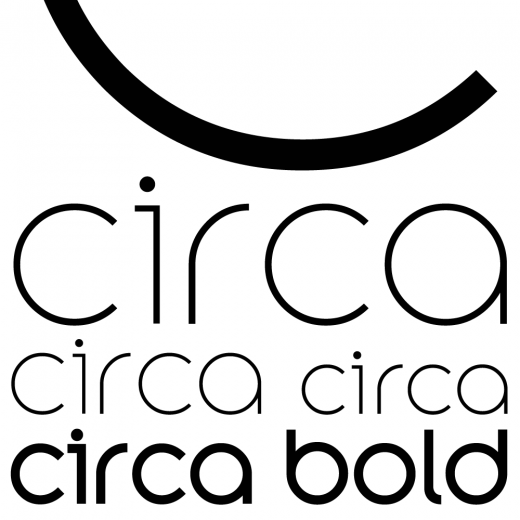Irish Penny
Irish Penny is based on the lettering from Percy Metcalfe’s beautiful and influential pre-decimal coinage of Ireland, the Barnyard Collection. The font is more monoline than is conventional for Irish insular styles, almost giving the feel of a modern soft sans, and perfect for small and large scale display purposes.
Irish Penny contains a full complement of Latin Extended-A accented characters, Irish lenited consonants with the dot accent, and the tironian et which is commonly used in Ireland instead of an ampersand. Lowercase characters are provided small caps style, slightly reduced in size and subtly thickened in weight. Irish Penny is supplied with a complimentary faux italic, and although obliques are not common among insular typefaces, Irish Penny Italic is a useful smart and sporty extra.
Although the insular G/g is usually understood, Irish Penny also includes a more latinised option as an alternate G/g. The supplemental ‘Irish Penny Alternate G’ font places the latinised G and g characters at the normal G/g keystrokes, and makes the original insular glyphs the alternates.
An alternate E/e with an angled crossbar is also included.
The font contains a selection of discretionary ligatures, these include the ligatures that were used for pre-decimal coins:
AC/ac, AE/ae, AL/al, AO/ ao, AU/au, AT/at (halfpenny, half crown), AX/ax, AY/ay
CA/ca, CC/cc, CE/ce, CO/co (half crown), CU/cu, CY/cy
EA/ea (halfpenny, half crown), EC/ec, EE/ee, ET/et, EU/eu (sixpence), EY/ey
FE/fe (farthing), FF/ff, FL/fl (florin)
GI/gi (penny), GU/gu
KA/ka, KE/ke, KI/ki, KO/ko, KT/kt, KU/ku
LA/la, LE/le (halfpenny, half crown), LL/ll (shilling), LO/lo, LT/lt, LU/lu, LY/ly
RA/ra, RC/rc, RE/re (three/sixpence), RH/rh, RI/ri (florin), RK/rk, RN/rn, RM/rm, RO/ro (half crown), RR/rr, RT/rt, RU/ru, RY/ry
TA/ta, TE/te, TO/to, TU/tu
Irish Penny contains some characters that are not accessible directly from your keyboard, but which may be copied from a font viewer such as Character Map, Font Book or FontExplorer, and pasted into documents. They can also be accessed from the Glyphs browsers within OpenType-aware applications like Adobe InDesign and Illustrator, and Affinity Photo and Publisher.

